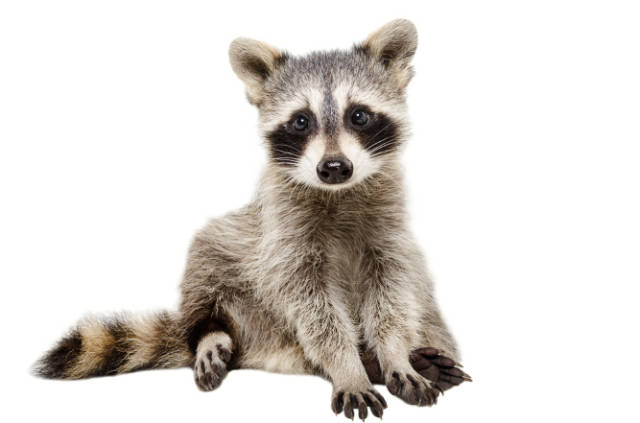
Raccoons are interesting animals because of how cute they look and how curious they are. They have also done a great job of living in cities. As the seasons change, these smart animals act in different ways. By learning about a raccoon’s lifespan and how their behavior changes throughout the year, you can learn a lot about their habits and how they interact with their environment. In this detailed guide, we’ll talk about the different stages of a raccoon’s life and how its behavior changes with the seasons.
Winter: Finding a place to stay and going slower
During the winter, raccoons go into a state called torpor, in which they are less active. When the weather gets cold, they hide in dens, empty trees, or even attics to stay warm. When food is scarce, raccoons eat the fat they have stored up on their bodies. This makes them go out less often to look for food.
Early spring: mating time and making plans for a family
When early spring comes, raccoons wake up from their winter sleep. This is the start of the mating season, which lasts from the end of January to the beginning of March. Male raccoons fight for the attention of females. They do this by making noises and showing off their bodies.
Spring to early summer: Taking Care of Raccoon Babies
After getting pregnant, female raccoons focus on making a safe, quiet place to give birth. They might choose to nest in attics, chimneys, or holes in trees. Most raccoon litters have three to six kits and are born in late spring or early summer. Mothers spend a lot of time and energy caring for and protecting their children.
This summer, I taught and hunted.
As summer gets closer, raccoon kits become more busy and interested in what’s going on around them. Mothers spend their days teaching their children important survival skills, like how to find food, how to climb, and how to spot possible risks. Raccoons take advantage of the many fruits, insects, and small animals that are around during this time of year.
From late summer to fall: Getting their own way
In late summer and early fall, young raccoons start to leave their moms and live on their own. They start going farther away from the den to improve their skills and explore new areas. Even though they may still go back to the den sometimes for shelter and advice, they are becoming more and more independent.
Building up fat stores for winter in the fall
As fall comes, raccoons work hard to get ready for winter by putting on weight. They start looking for food more often and eat high-calorie things like nuts, acorns, and berries. During this time, they eat more to make sure they have enough energy to get through the colder months.
Winter: Again Falling Asleep
During the winter, raccoons sleep a lot because the weather is cold and food is hard to find. They look for warm, safe places to spend the winter so they can save energy and avoid the hard weather.
Raccoons have a very interesting life cycle. Their behavior changes with the seasons and they adapt to their surroundings. Raccoons show how smart and strong they are by being able to change to their surroundings, from the dormancy of winter to the activity and caring of spring and summer. By learning about the different stages of a raccoon’s life, you can learn a lot about how they act and how they interact with their surroundings. As these curious animals continue to grow in cities and suburbs, it becomes more important to live in harmony with wildlife and protect their natural habitats to keep the ecosystem in balance.
